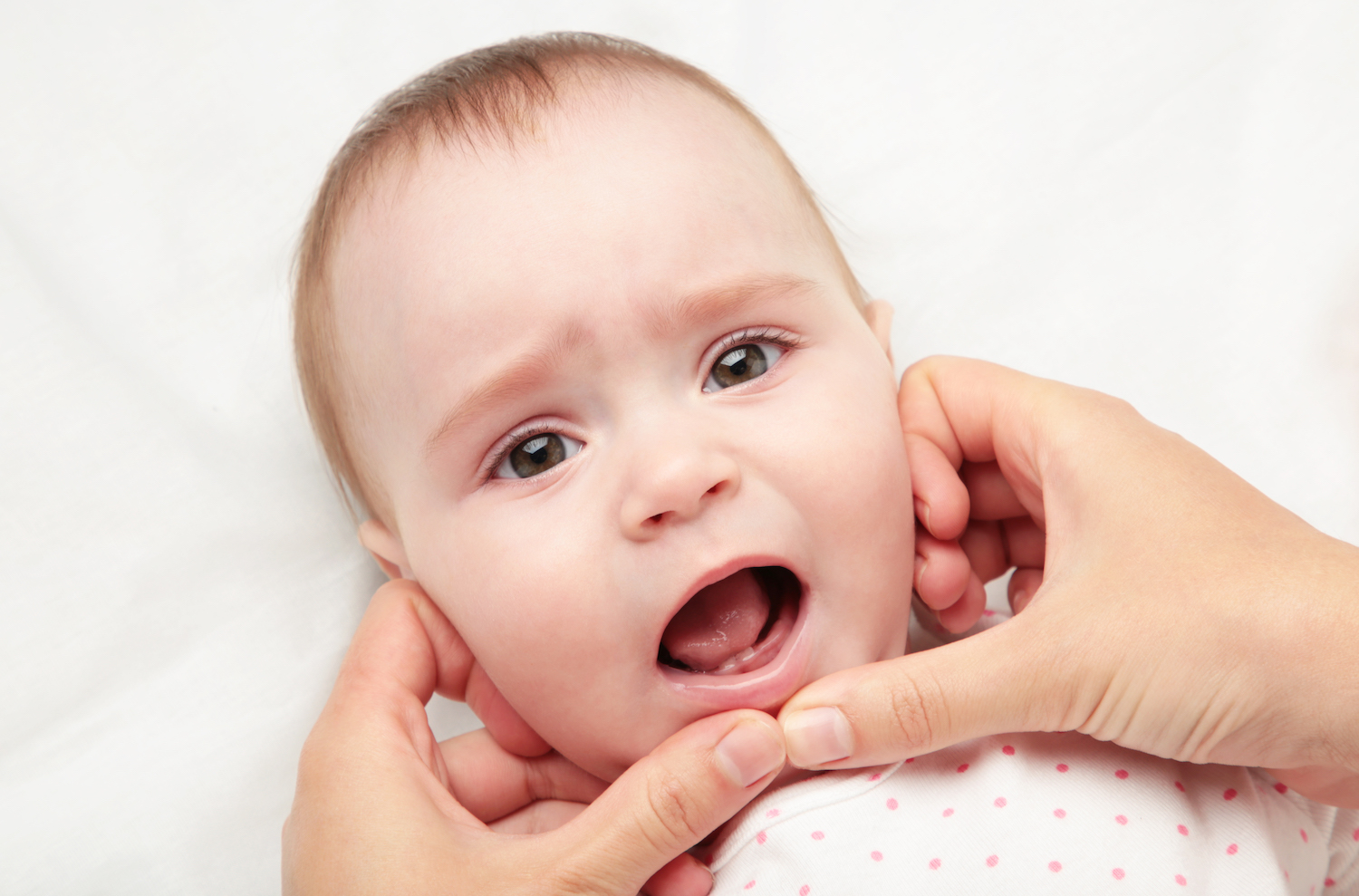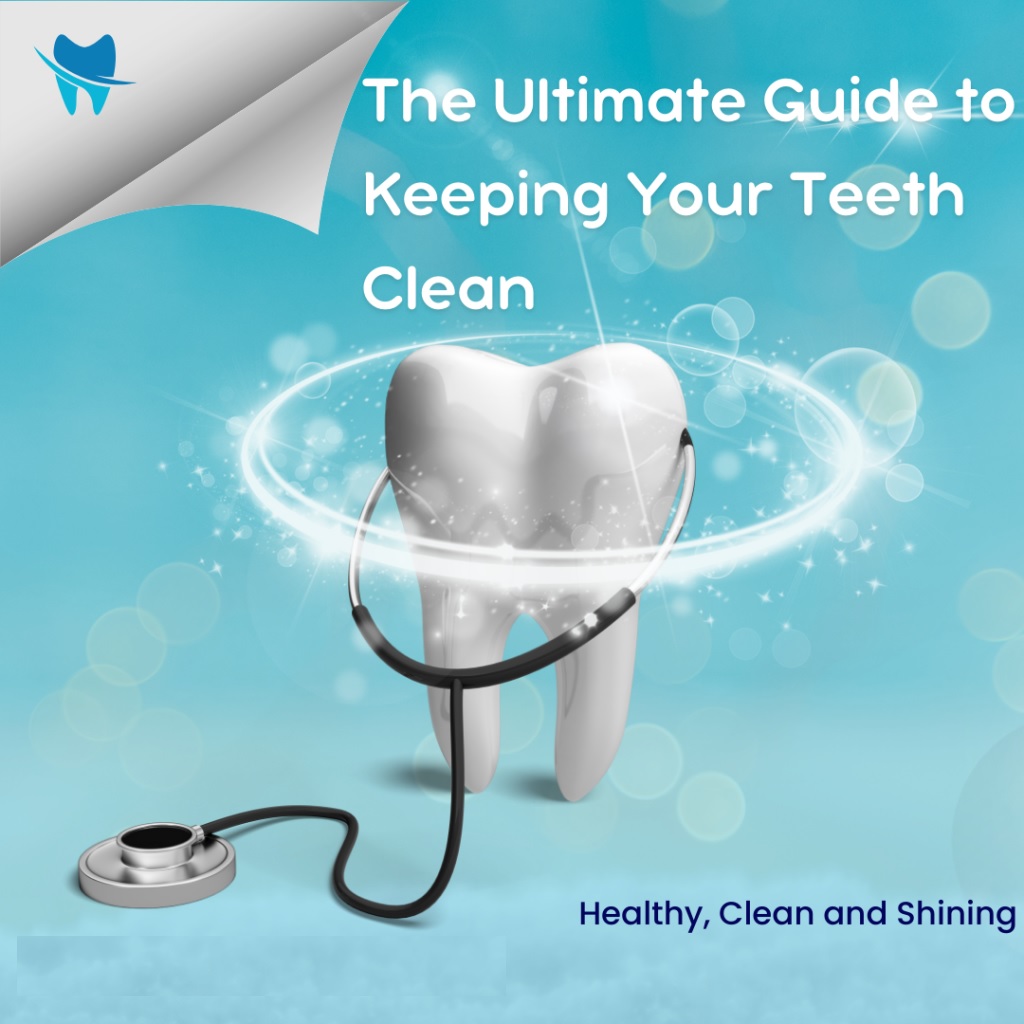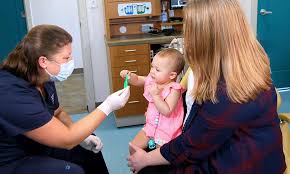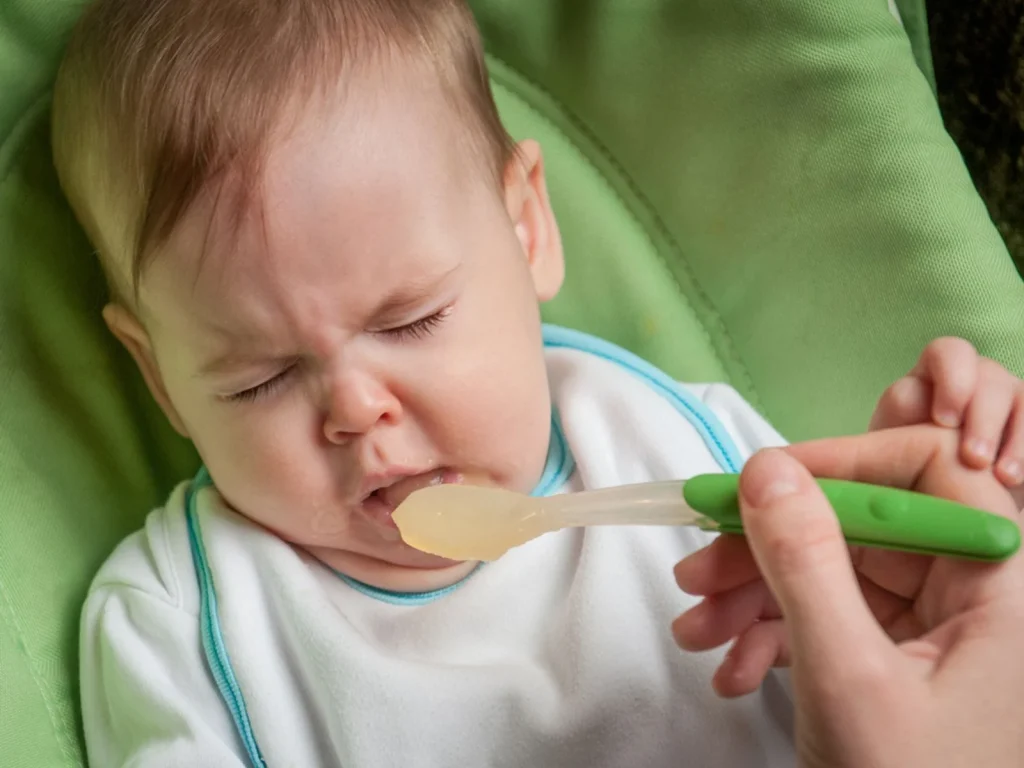When Do Babies Start Teething

Teething is an exciting milestone in a baby’s development, but it can also be a challenging time for both the baby and parents. Understanding when babies start teething, the signs to look out for, and how to alleviate discomfort can help make the process smoother. In this article, we will explore when babies usually begin teething, common symptoms, and effective ways to help your baby through this important stage.
What Age Do Babies Start Teething?
Teething typically begins around 6 months of age, but the timing can vary widely among infants. Some babies may start showing signs of teething as early as 2 months, while others might not get their first tooth until after their first birthday. On average, most babies start teething between 4 and 7 months. However, it’s essential to remember that every baby is unique, and there is a broad range of normal when it comes to teething.
Early Teething (2-4 Months)
While it is less common, some babies begin teething as early as 2 months old. At this stage, parents may notice that their baby is drooling more than usual, gnawing on their hands, or appearing fussy without an obvious cause. Although teeth may not be visible yet, the movement of teeth under the gums can cause discomfort. Babies who start teething this early might have their first tooth emerge around 3 or 4 months.
Typical Teething Age (4-7 Months)
Most babies begin teething around 6 months of age, with many parents noticing the first signs when their baby is around 4 months old. At this stage, the lower central incisors are usually the first to appear, followed by the upper central incisors. By the time your baby is 7 months old, they may already have a few teeth coming through.
Late Teething (8-12 Months)
If your baby hasn’t started teething by 7 months, there’s no need to worry. Some babies don’t get their first tooth until after their first birthday. Delayed teething can be perfectly normal and is not typically a cause for concern unless your child has other developmental delays.
Signs of Teething: What to Look For
Recognizing the signs of teething can help you understand when your baby is starting this phase. Here are some common symptoms:
- Increased Drooling: Excessive drooling is one of the earliest signs that your baby is starting to teethe. Keep a bib handy to prevent skin irritation from constant moisture.
- Chewing on Objects: As teeth push through the gums, babies experience discomfort that they try to alleviate by chewing on anything they can get their hands on, from toys to their own fingers.
- Irritability and Fussiness: Teething can be uncomfortable, leading to crankiness, especially during the night when discomfort seems more noticeable.
The Impact of Teething on Baby’s Mood and Development
- Swollen or Tender Gums: Your baby’s gums may appear red and swollen. Applying gentle pressure with a clean finger can sometimes soothe the discomfort.
- Changes in Eating or Sleeping Patterns: Some babies may refuse to eat or sleep more due to the discomfort of teething. Breastfed babies might bite during feeding as a way to relieve gum pain.
Teething and Feeding: Changes in Appetite and Behavior
- Low-Grade Fever: While a mild increase in temperature can occur, teething should not cause a high fever. If your baby has a significant fever or other concerning symptoms, it’s best to consult a pediatrician.
- Pulling on Ears or Rubbing Cheeks: This behavior might be a sign that your baby is teething, as pain in the gums can radiate to the cheeks and ears.
Signs and Symptoms of Teething in Babies: A Comprehensive Guide for Parents

Teething Timeline: What to Expect
Understanding the typical timeline for when babies get teeth can help you anticipate and prepare for each stage.
- 4-7 Months: Lower central incisors (bottom front teeth) usually come in first.
- 8-12 Months: Upper central incisors (top front teeth) appear.
- 9-13 Months: Upper lateral incisors (the teeth next to the top front teeth) emerge.
- 10-16 Months: Lower lateral incisors (the teeth next to the bottom front teeth) come in.
- 13-19 Months: First molars (the larger teeth in the back of the mouth) begin to show.
- 16-23 Months: Canines (pointed teeth next to the lateral incisors) make their appearance.
- 23-33 Months: Second molars (the backmost teeth) come in, usually completing the primary set of 20 teeth by age 3.
Teething Timeline: What to Expect Month by Month
Teething in Preemie Babies
Preemie babies, or those born before 37 weeks of gestation, might experience delays in teething compared to full-term babies. However, the delay typically aligns with their adjusted age, taking into account the number of weeks they were born early. This means that if your preemie baby was born two months early, their teething might start about two months later than a full-term baby.
How to Help a Teething Baby
Teething can be a tough time for babies, but there are several strategies you can use to help ease their discomfort:
- Use Teething Toys: Teething toys, especially those that can be chilled in the refrigerator, provide something safe for babies to chew on and help soothe sore gums.
- Massage Your Baby’s Gums: Gently rubbing your baby’s gums with a clean finger can provide temporary relief from teething pain.
- Offer Cold Foods: If your baby is already eating solid foods, cold items like chilled fruit or yogurt can be soothing to the gums.
- Provide a Cold Washcloth: A clean, cold washcloth can be an excellent teething aid. Let your baby chew on it to relieve pain.
- Over-the-Counter Pain Relief: For particularly tough days, you might consider using over-the-counter pain relief like acetaminophen or ibuprofen, but only after consulting with your pediatrician.
- Distraction: Sometimes a change of scenery, a favorite toy, or a cuddle can help distract your baby from teething pain.
- Avoid Teething Biscuits: While it might be tempting to use teething biscuits, they often contain sugar, which can lead to early tooth decay. Instead, opt for sugar-free alternatives or natural teething toys.
How to Soothe a Teething Baby: Tips and Tricks
Teething and Sleep: Helping Your Baby Rest
Natural Remedies for Teething Pain Relief
Baby Teething Symptoms vs. Other Illnesses
It’s important to distinguish between teething symptoms and signs of other illnesses. For instance, while teething might cause a slight increase in temperature, it should not cause a high fever, diarrhea, or a rash. If your baby exhibits these symptoms, it’s essential to contact your pediatrician to rule out other health concerns.
Teething Complications: When to Seek Help
What Age Do the Back Molars Come In?
The back molars, also known as second molars, are usually the last to come in. These teeth typically emerge between 23 and 33 months. Back molars can cause more discomfort than other teeth because they are larger and have a broader surface area. During this stage, your baby may experience significant teething pain, and it’s helpful to have teething toys and pain-relief methods ready.
Teething Myths and Facts
There are many myths surrounding teething, and it’s important to separate fact from fiction:
- Myth: Teething causes high fever and diarrhea.Fact: Teething might cause a slight increase in temperature but should not cause a high fever or diarrhea. If your baby has these symptoms, consult a doctor.
- Myth: Rubbing alcohol on gums helps with teething pain.Fact: Never use alcohol on your baby’s gums. It can be harmful and is not effective. Stick to safe teething remedies like teething toys and cold washcloths.
- Myth: Teething causes colds and ear infections.Fact: While teething can cause some discomfort and behavioral changes, it does not cause infections. If your baby seems ill, seek medical advice.
Common Teething Myths and Misconceptions
How to Care for Your Baby’s New Teeth
Once your baby’s teeth start coming in, it’s crucial to begin a dental care routine to keep their teeth and gums healthy:
- Brush Daily: As soon as the first tooth emerges, start brushing twice a day with a soft-bristled toothbrush and a smear of fluoride toothpaste.
Teething and Oral Hygiene: Caring for Baby’s First Teeth
- Avoid Sugary Foods: Limit sugary snacks and drinks to prevent tooth decay.
- Regular Dental Checkups: Schedule your baby’s first dental visit by their first birthday or when their first tooth appears.
When to Visit the Dentist: Teething and Early Dental Care
- Monitor for Signs of Tooth Decay: Keep an eye out for white spots or discoloration, which can be early signs of cavities.
- Teething Necklaces: Avoid using teething necklaces, as they pose a strangulation risk. Instead, stick to safe and recommended teething aids.
Conclusion
Teething is a natural part of your baby’s development, and knowing what to expect can help you navigate this phase with confidence. Babies usually start teething between 4 and 7 months, but it’s perfectly normal for some to start earlier or later. By recognizing the signs of teething and using the right strategies, such as teething toys and gum massages, you can help ease your baby’s discomfort. Remember, every baby is different, and if you have concerns about your child’s teething process, don’t hesitate to reach out to your pediatrician for guidance.
What Are the Signs That My Baby Is Teething?
Teething is a significant developmental milestone for your baby, and recognizing the signs can help you prepare for this period. Here are some common symptoms to watch for:
- Increased Drooling: Excessive drooling is one of the earliest signs of teething. You may notice your baby frequently having a wet chin and needing more bib changes than usual.
- Chewing on Objects: Babies tend to chew on their hands, toys, or anything within reach to relieve the pressure of teeth pushing through the gums.
- Irritability and Fussiness: Due to the discomfort in their gums, teething babies often become more irritable and fussy, especially during the evening or night when the pain seems more noticeable.
- Swollen or Tender Gums: You might notice that your baby’s gums look red, swollen, or feel hard. Sometimes, you can even see a small bump where a tooth is trying to erupt.
- Changes in Eating or Sleeping Patterns: Teething discomfort can disrupt your baby’s routine. They may refuse to eat or have trouble sleeping, which is often temporary.
- Low-Grade Fever: A slight increase in temperature is common but should not be higher than 100.4°F (38°C). If your baby has a higher fever, it may be due to another cause, and you should consult a pediatrician.
- Ear Pulling or Cheek Rubbing: Some babies will pull on their ears or rub their cheeks as the pain from teething radiates from their gums to other areas of their face.
While these signs can indicate teething, it’s important to note that severe symptoms like high fever, diarrhea, or a rash are not typical of teething and should be addressed by a healthcare professional.
Is Baby Teething at 3 Months?
Teething can start as early as 3 months, although it is less common. Most babies typically begin teething around 4 to 7 months. However, early teething is not unusual, and some infants may show symptoms even at 2 or 3 months. At this stage, the teeth are still moving under the gums, which can cause discomfort without the teeth being visibly erupted.
Signs of early teething in a 3-month-old may include increased drooling, frequent chewing on hands or toys, and irritability. It’s important for parents to be observant and provide appropriate relief, such as teething toys or gentle gum massages. While the first tooth might not cut through until a few months later, the signs of teething can start well in advance.
If your 3-month-old is showing signs of teething but no teeth have emerged yet, it’s perfectly normal. Early signs simply mean that the teeth are on their way and that the teething process has begun.
What Does the First Stage of Teething Look Like?
The first stage of teething is often characterized by subtle but noticeable changes in your baby’s behavior and physical appearance. This stage usually begins around 4 to 7 months, but it can start as early as 3 months. Here’s what to expect in the initial phase:
- Increased Drooling: One of the earliest signs of the first stage of teething is excessive drooling. Your baby might constantly have a wet chin and need frequent bib changes.
- Swollen Gums: The gums may appear red, swollen, and feel harder than usual. You might also see small white spots under the gums where the teeth are beginning to push through.
- Fussiness and Irritability: As the teeth begin to move closer to the surface, your baby might become crankier and harder to soothe. The discomfort from the teeth pressing against the gums can make them more fussy, especially at night.
- Gnawing and Biting: Babies often start chewing on anything they can get their hands on, including their own fingers, toys, or even your fingers. This behavior helps to relieve the pressure and pain from the emerging teeth.
- Changes in Feeding: Some babies might feed more than usual to soothe their gums, while others may refuse to eat because the sucking motion can exacerbate gum pain.
These early signs indicate that your baby is entering the initial phase of teething. The actual eruption of the first tooth, usually a lower central incisor, may follow a few weeks to a couple of months after these signs appear.
What Months Do Teething Pain Start?
Teething pain generally starts around 4 to 7 months of age, although the timing can vary widely. For some babies, the pain and discomfort of teething can begin earlier, around 3 months, as the teeth start moving under the gums. This process can be uncomfortable even before the teeth are visible.
Teething pain often begins when the first teeth, usually the lower central incisors, start to push through the gums. Each baby is different, and the onset of teething pain depends on various factors, including genetics and whether your baby was born prematurely. On average, most babies experience the initial teething pain between 4 and 6 months.
The pain can come and go throughout the teething process, which continues until all 20 primary teeth have erupted, typically by age 3. The most intense teething periods are often when the larger teeth, such as the first molars (around 13-19 months) and second molars (around 23-33 months), begin to come in, as these teeth are broader and cause more pressure on the gums.
To help alleviate your baby’s teething pain, you can offer chilled teething toys, massage their gums, or provide cold foods if they are already on solids. It’s important to monitor your baby’s comfort and consult a pediatrician if the teething pain seems unusually severe or is accompanied by other symptoms like a high fever.









